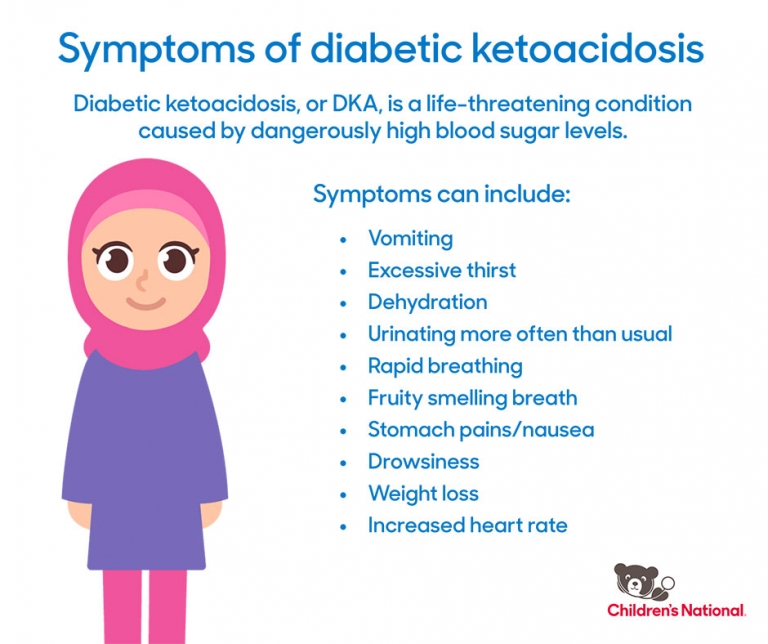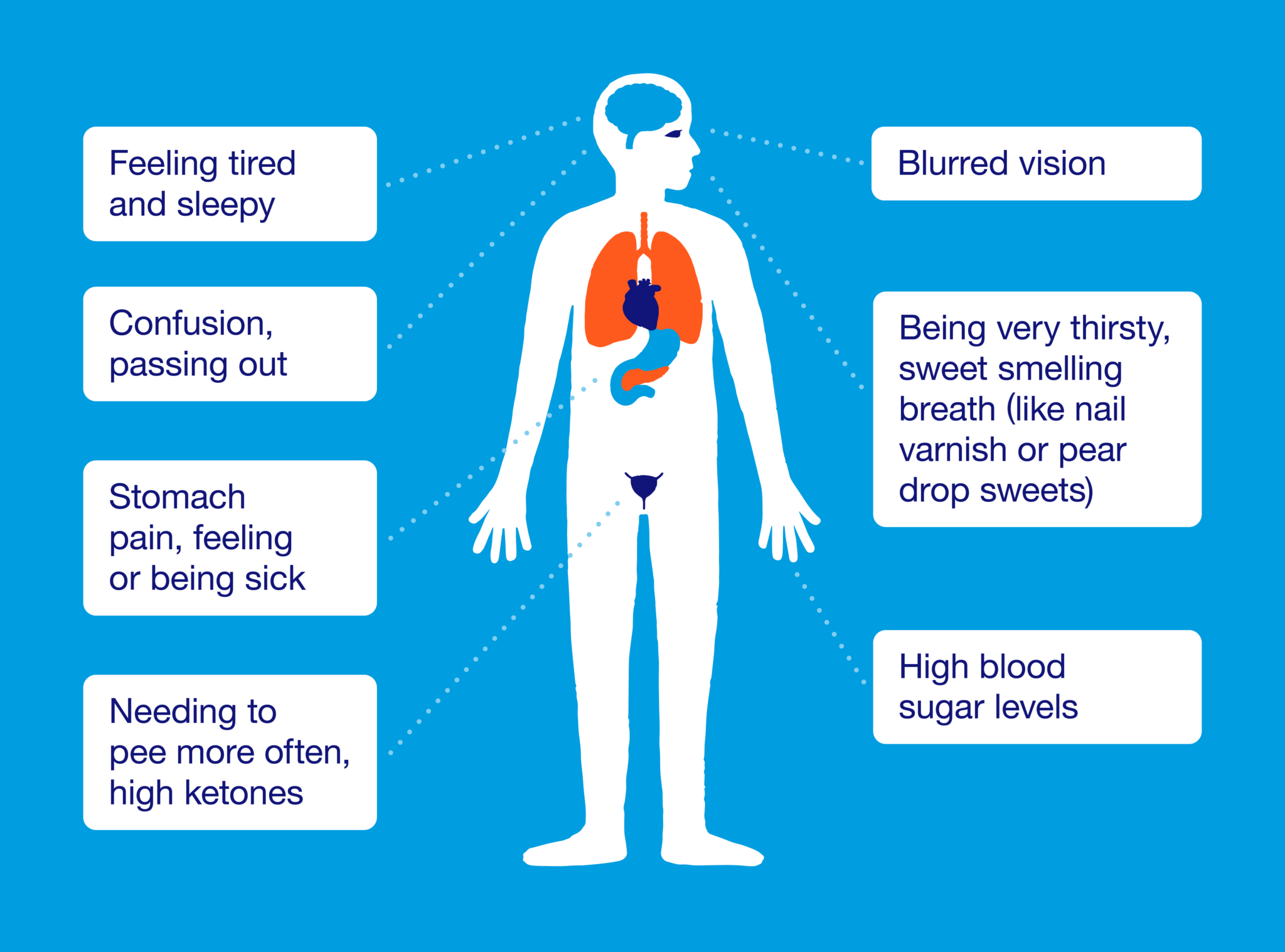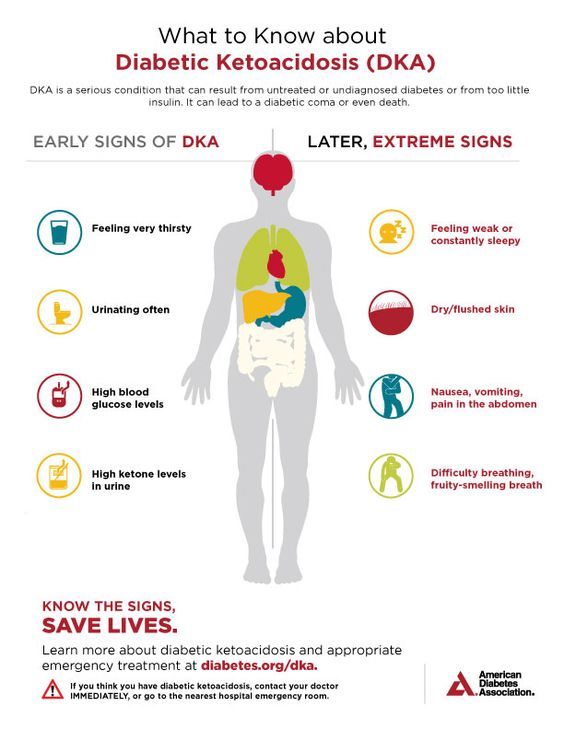can you have diabetic ketoacidosis with low blood sugar Ketoacidosis diabetic diabetes dka nursing type treatment mechanism ketosis vs symptoms nurse ketogenic sepsis notes signs sugar cancer body drugs
Diabetic ketoacidosis (DKA) is a serious complication that can occur in individuals with diabetes. It is important to be aware of the signs and symptoms of DKA and take appropriate measures to prevent its occurrence.
What is DKA?
DKA is a potentially life-threatening condition that occurs when there is a shortage of insulin in the body. Insulin is essential for the body to convert glucose into energy. When insulin is lacking, the body starts breaking down fat for energy, which leads to the release of ketones into the bloodstream. High levels of ketones can make the blood acidic, resulting in DKA.
 DKA mainly affects individuals with type 1 diabetes, but it can also occur in people with type 2 diabetes. It is more common in those who are newly diagnosed with diabetes, as well as those who have an illness or infection that can increase insulin requirements.
DKA mainly affects individuals with type 1 diabetes, but it can also occur in people with type 2 diabetes. It is more common in those who are newly diagnosed with diabetes, as well as those who have an illness or infection that can increase insulin requirements.
Signs and Symptoms
Recognizing the signs and symptoms of DKA is crucial for prompt medical intervention. Some of the common symptoms include:
- Frequent urination
- Excessive thirst
- Abdominal pain
- Nausea and vomiting
- Fatigue
- Difficulty breathing
- Confusion
If you or a loved one with diabetes experience these symptoms, it is important to seek medical attention immediately. Delayed treatment can lead to severe complications, such as brain swelling, kidney damage, or even death.
 Important FDA Warning
Important FDA Warning
The U.S. Food and Drug Administration (FDA) has recently issued a warning regarding certain type 2 diabetes drugs. The FDA has identified an increased risk of DKA associated with the use of these medications.
It is crucial for individuals with type 2 diabetes to be aware of this warning and consult their healthcare providers for guidance. The FDA advises patients to watch for symptoms of DKA, especially if they are using a type 2 diabetes medication known as sodium-glucose cotransporter-2 (SGLT2) inhibitors. These medications work by helping the kidneys remove glucose from the body through urine.
If you are taking SGLT2 inhibitors or any other type 2 diabetes medication, it is essential to be vigilant about monitoring your blood sugar levels and seeking prompt medical attention in case of any concerning symptoms.
Furthermore, it is important to note that DKA can sometimes be misdiagnosed or confused with other conditions, such as the flu or a stomach virus. Clear communication with your healthcare provider is vital to ensure accurate diagnosis and appropriate treatment.
In conclusion, understanding and recognizing the signs and symptoms of diabetic ketoacidosis is crucial for individuals with diabetes. Prompt medical attention and appropriate management can help prevent complications associated with DKA. Stay informed about any warnings or alerts from regulatory authorities like the FDA to ensure your well-being.
If you are looking for Diabetes and Fruity Breath: Causes, Risks, And Treatment you’ve came to the right page. We have 5 Pics about Diabetes and Fruity Breath: Causes, Risks, And Treatment like Diabetes and Fruity Breath: Causes, Risks, And Treatment, Diabetic ketoacidosis — what you need to know - Children’s National and also Warning Issued By FDA Regarding Type 2 Diabetes Drugs — Survive The End. Here it is:
Diabetes And Fruity Breath: Causes, Risks, And Treatment
 mantracare.orgketoacidosis diabetic dka breath treatment complications fruity ketosis symptome mellitus ketones urine mantracare anzeichen abdominal ursachen nausea difficulty remedies
mantracare.orgketoacidosis diabetic dka breath treatment complications fruity ketosis symptome mellitus ketones urine mantracare anzeichen abdominal ursachen nausea difficulty remedies
Warning Issued By FDA Regarding Type 2 Diabetes Drugs — Survive The End
 survivetheenddays.comketoacidosis diabetic diabetes dka nursing type treatment mechanism ketosis vs symptoms nurse ketogenic sepsis notes signs sugar cancer body drugs
survivetheenddays.comketoacidosis diabetic diabetes dka nursing type treatment mechanism ketosis vs symptoms nurse ketogenic sepsis notes signs sugar cancer body drugs
Low Blood Sugar Symptoms: Diabetic Acidosis And Diabetic Ketoacidosis
 lowblood-sugarsymptoms.blogspot.comdiabetic ketoacidosis acidosis diabetes treatment
lowblood-sugarsymptoms.blogspot.comdiabetic ketoacidosis acidosis diabetes treatment
Ketosis Low Blood Sugar: Should I Be Worried About? - Dietmesh
 dietmesh.comketoacidosis diabetic dka diabetes type nursing symptoms blood sugar signs ketosis infographic low diet facts complication keto mellitus deadly prevent
dietmesh.comketoacidosis diabetic dka diabetes type nursing symptoms blood sugar signs ketosis infographic low diet facts complication keto mellitus deadly prevent
Diabetic Ketoacidosis — What You Need To Know - Children’s National
 riseandshine.childrensnational.orgketoacidosis diabetic dka childrensnational riseandshine
riseandshine.childrensnational.orgketoacidosis diabetic dka childrensnational riseandshine
Low blood sugar symptoms: diabetic acidosis and diabetic ketoacidosis. Warning issued by fda regarding type 2 diabetes drugs — survive the end. Diabetic ketoacidosis acidosis diabetes treatment